Building a Sustainable House Future in Pakistan
Introduction:
Building a sustainable house future: Sustainable housing is not just a trend. As urbanization accelerates and natural resources decrease, sustainable housing becomes a priority. Buildings are designed to reduce environmental impact, reduce energy consumption, and promote a healthy environment.
Energy Efficiency:
Energy efficiency is the foundation of a sustainable building. Energy efficiency and technology can reduce dependence on non-renewable energy sources. Energy-efficient windows, high-performance insulation, and advanced HVAC systems can be utilized. Solar panels and wind turbines may also be combined to produce renewable energy on-site.
Sustainable Materials:
Sustainable materials play an essential role in beautiful architecture. These materials were chosen because they have a low environmental impact, are sustainable, and can be recycled or biodegraded. Applicable materials include bamboo, which grows and regrows quickly; recycled wood, which reduces the need to cut down new trees; and recycled steel, which saves energy for new metal [Building a sustainable house future]. Materials such as straw bales, hemp, and rammed earth provide natural insulation and durability. Using local materials can further reduce carbon footprint and transportation costs. By paying attention to valuable information, developers can create environmentally responsible and healthy buildings for their occupants, reducing waste and saving capital over the life of the building.
Implementation:
To build a barn home, you must start with a complete plan. Working with architects and builders who specialize in sustainable construction is essential. They can help you navigate the complexities of building codes, certifications like LEED (Leadership in Energy and Environmental Design), and integrating new technologies. In-depth research and visiting sustainable housing projects can provide great insight and inspiration.
Also Read: Efficient Construction Management for Your Projects
Case Study:
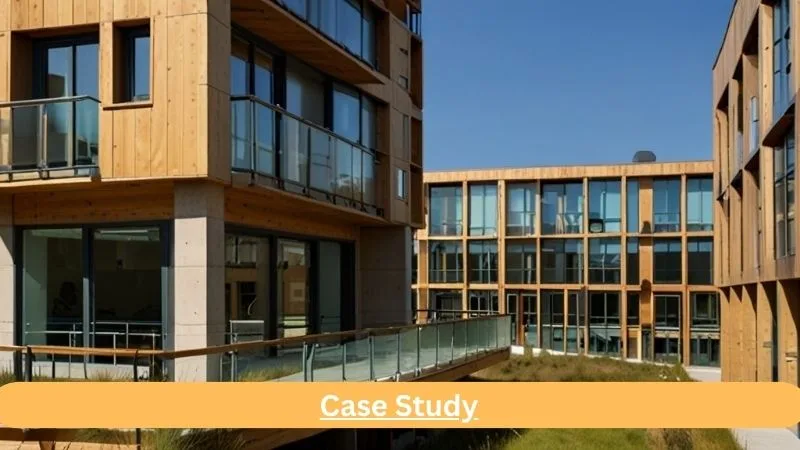
A completed permanent home inspection can provide advice and insight. For example, BedZED (Beddington Zero Energy Development) in the UK is a pioneering eco-nest demonstrating the effectiveness of various sustainable technologies and community living. Similarly, Seattle’s Bullitt Center was named the world’s greenest commercial building, showing the building’s potential in the urban environment. This case study demonstrates the feasibility and benefits of sustainability on a large scale.
Innovation of the Future:
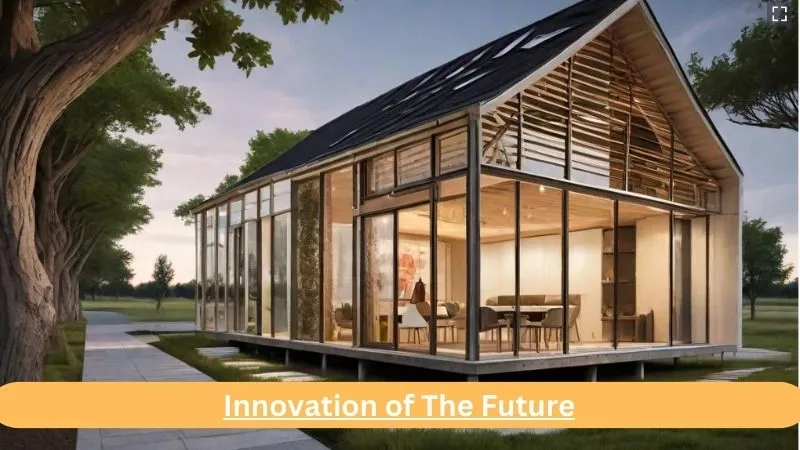
The future of sustainable housing is promising as technology and materials continue to advance. Innovations such as 3D-printed buildings using sustainable materials, intelligent grids that increase energy efficiency, and construction technologies that reduce waste and streamline construction processes will transform the economy [Building a sustainable house future]. Knowing these changes and using new technologies when they occur will be necessary for sustainable housing development.
Policy and Advocacy:
Advocacy and policy play an important role in supporting sustainable housing. Governments and organizations should implement and enforce policies that encourage green building practices. Incentives such as grants, tax breaks, and low-interest loans can make housing more sustainable. Public awareness and education programs can also increase demand for eco-friendly homes and move businesses towards sustainable development.
Personal Commitment:
Finally, sustainable housing is part of a broader commitment to sustainable living. This includes developing good environmental habits such as reducing energy and water use, recycling, and supporting products and companies. By making unconscious decisions in daily life, people can contribute to the future and inspire others to follow the same path.
Retrofitting Existing Buildings:
Retrofitting existing buildings with sustainable features is one way to reduce environmental impact. Improving insulation, installing windows and electrical appliances, and integrating renewable energy can increase the sustainability of a nursing home. Renovation not only extends the life of the building but also makes life more sustainable for many people.
Education and Training:
Education and training are essential for sustainable housing development. Architects, builders, and contractors need new knowledge and skills in sustainable construction. Homeowners can also benefit from learning best practices that allow them to make informed decisions about their homes. Training, certifications, and online courses can help close this knowledge gap.
Resilience and Adaptability:

Sustainable buildings should be designed to protect and adapt to the effects of climate change. This includes resilience to extreme weather conditions such as floods, hurricanes, and heat waves. Features such as elevated foundations, flood-resistant materials, and high-performance plumbing can help buildings withstand weather-related problems. Adaptable design allows for future adjustments and upgrades, ensuring long-term stability.
Cultural and Aesthetic Integration:
Sustainable buildings should reflect culture and beauty and integrate with the local environment and society. This includes respecting local architectural standards and using local materials and design ideas [Building a sustainable house future]. By combining sustainability with culture and beauty, the building can be both environmentally and visually appealing, promoting a sense of place and belonging.
Global Perspectives:
Many countries and regions have developed specific approaches to sustainability influenced by their particular contexts, economies, and cultures. Studying international practices can provide great information and new ideas. For example, Scandinavian countries dominate energy production technology, while tropical regions provide cooling and air conditioning clues. By embracing and adapting these global perspectives, we can increase housing sustainability worldwide.
Long Term Maintenance:
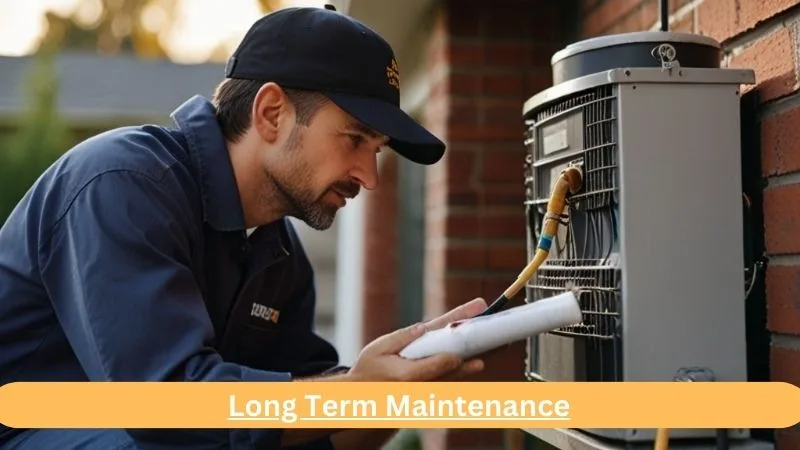
A permanent home requires regular maintenance to ensure it functions well over time. Regular inspections, timely repairs, and upgrades on the power system are crucial. Developing a home maintenance plan that includes insulation inspections, HVAC systems, renewable energy, and water-saving equipment may stop inefficiencies and prolong the lifespan of stable features. Educating homeowners about the importance of maintenance and assisting can help them keep their homes intact for years.
Affordability and Accessibility:
Ensuring sustainable housing is affordable and accessible to people at all income levels is critical to expansion. This includes developing cost-effective construction methods and materials without compromising sustainability. Government subsidies, grants, and incentives can make housing more sustainable. Creating scalable and flexible real estate solutions can meet different needs and resources. Community programs and cohousing models also provide ways to share costs and resources, resulting in better health [Building a sustainable house future]. By addressing affordability and accessibility, sustainable housing can become viable for more people and foster inclusive and resilient communities.
Conclusion:
Sustainable housing is an innovative approach that combines design thinking, new technology, and commitment to environmental stewardship. As we face climate change and resource scarcity challenges, sustainable housing provides the solutions to create strong and vibrant communities [Building a sustainable house future]. By prioritizing the safety of our families, we can pave the way for a safe, healthy, and secure future for everyone.
Building a sustainable house future – FAQs:
Q1. What is the future of sustainable housing?
Ans: The future of sustainable housing is linked to net zero emissions. Construction materials will be carefully selected to minimize carbon footprint, and building practices will be more environmentally friendly. Wood, bamboo, and recycled materials will replace traditional building materials such as stone and metal.
Q2. Does sustainable architecture have a future?
Ans: To attain zero energy usage in these buildings, integrated energy technology and sun among the renewable energy sources is wind energy, which is generally used. The future of sustainable architecture is bright.
Q3. What are the future benefits of sustainable development?
Ans: It supports energy efficiency, water conservation, better indoor air quality, longer operating life, better health, increased productivity, cost savings, increased property value, environmental sustainability, and increased business demand. By choosing sustainable housing, you can contribute to the future.


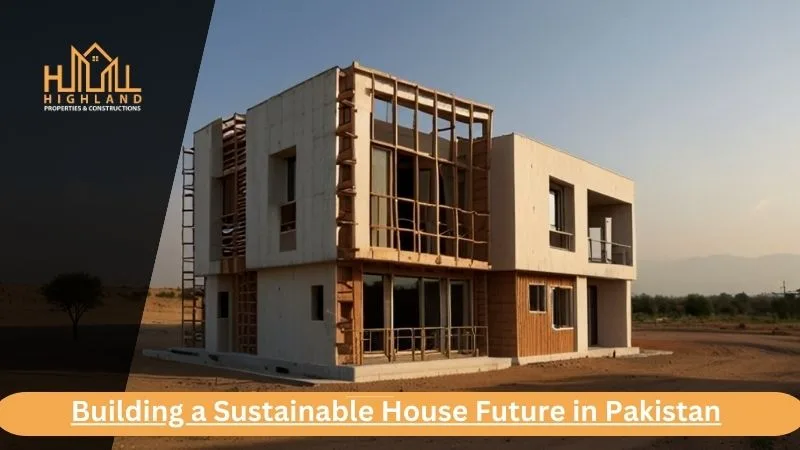

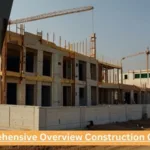
Leave a Reply